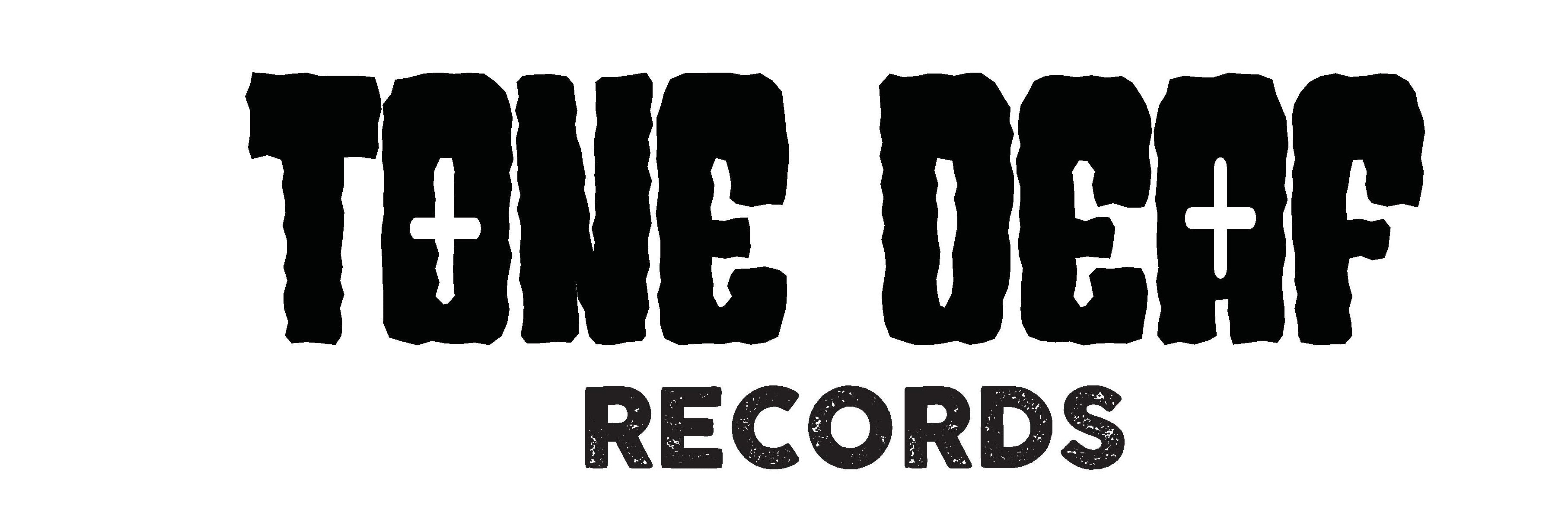
Tone Deaf Records
New - Loop - Sonancy - LP
Pickup available at Shop Address
Usually ready in 1 hour
"Style-wise, it's incredibly different, going back to thinking about guitars and guitar sounds. Obviously you have to take into consideration things like percussive elements such as drums, which I haven't been using in my other projects; but this is the mindset that makes up Loop." So says Robert Hampson, the indefatigable visionary behind inspirational sonic architects Loop, whose eagerly anticipated fourth LP Sonancy (Latin for "to create noise") is the perfect document for these strange times. Dynamic, dystopian, righteously angry and unashamedly Loop-ian, it's an album that marks a vital re-emergence for Hampson and Co.
Formed in South London in the mid-1980s, Loop blazed a trail with their potent mix of motorik beats and heavy guitar riffs, recording a trio of brilliant albums that set the indie charts alight before imploding in 1990 after the release of album number three, A Gilded Eternity. As critics enthused at the time, Loop were the sound of Suicide jamming with the Stooges aboard a spaceship built by Hawkwind and piloted by CAN. They were post-psychedelic, pre-shoegaze figureheads in a world of anodyne pop jangle and baggy rhythms, and even their closest contemporaries like Spacemen 3 and My Bloody Valentine didn't plough such a distinctive furrow as theirs.
"My motto has always been ‘Forward' and I always try to do something new with each record. I always try to push different influences in there. Specifically for this record, I wanted to counter the idea of the Array EP (2015), on which all the tracks were long and drawn out. They still had the motorik element of bands like Neu! and CAN, but Loop's always had that. With Sonancy I also wanted to take a post-punk sound, spin it on its head and mix it with a psych influence. A total gumbo. Which has always been Loop, this mash-up of spicy rhythms," Hampson adds.
Indeed, with its rich mixture of styles and cadences, Sonancy is the sound of Loop in the 21st century, Hampson's intense guitar work anchored by propulsive backing in service of songs with clinically dissociative titles such as "Eolian," "Supra," "Penumbra" and "Fermion."
